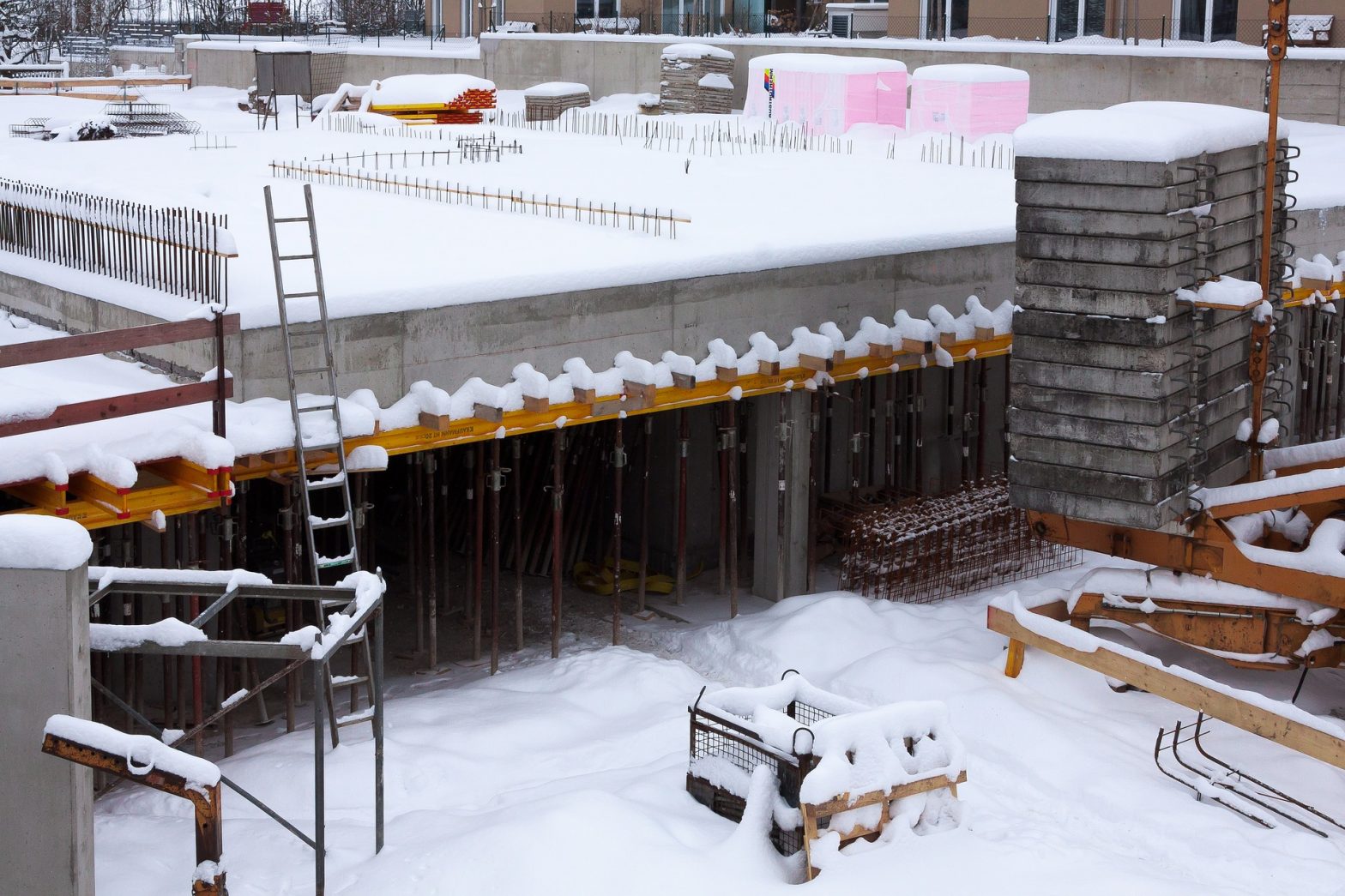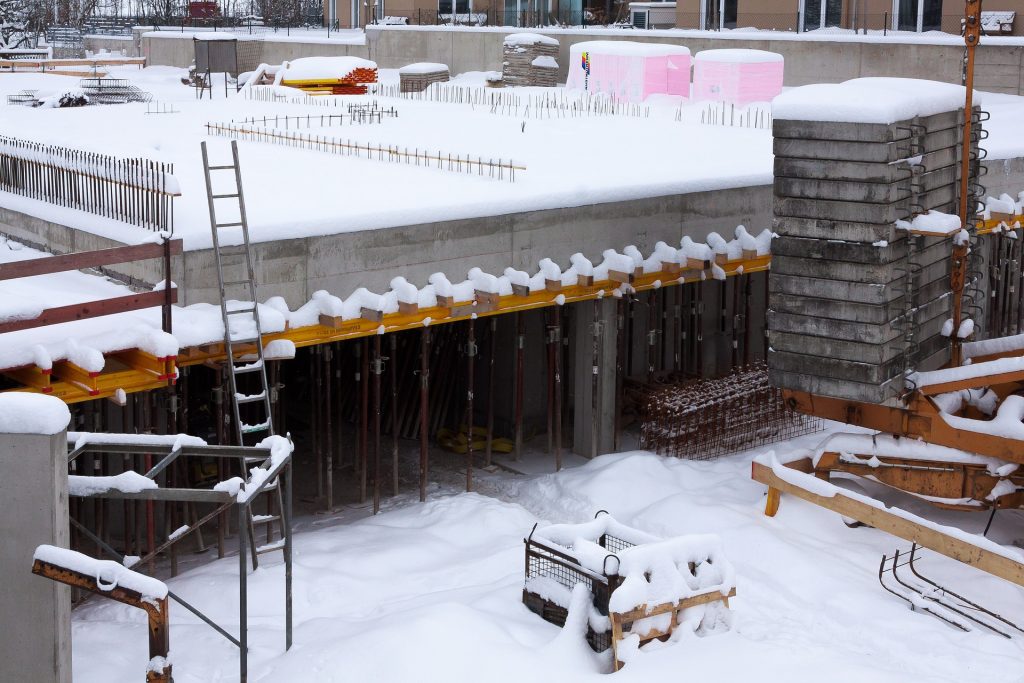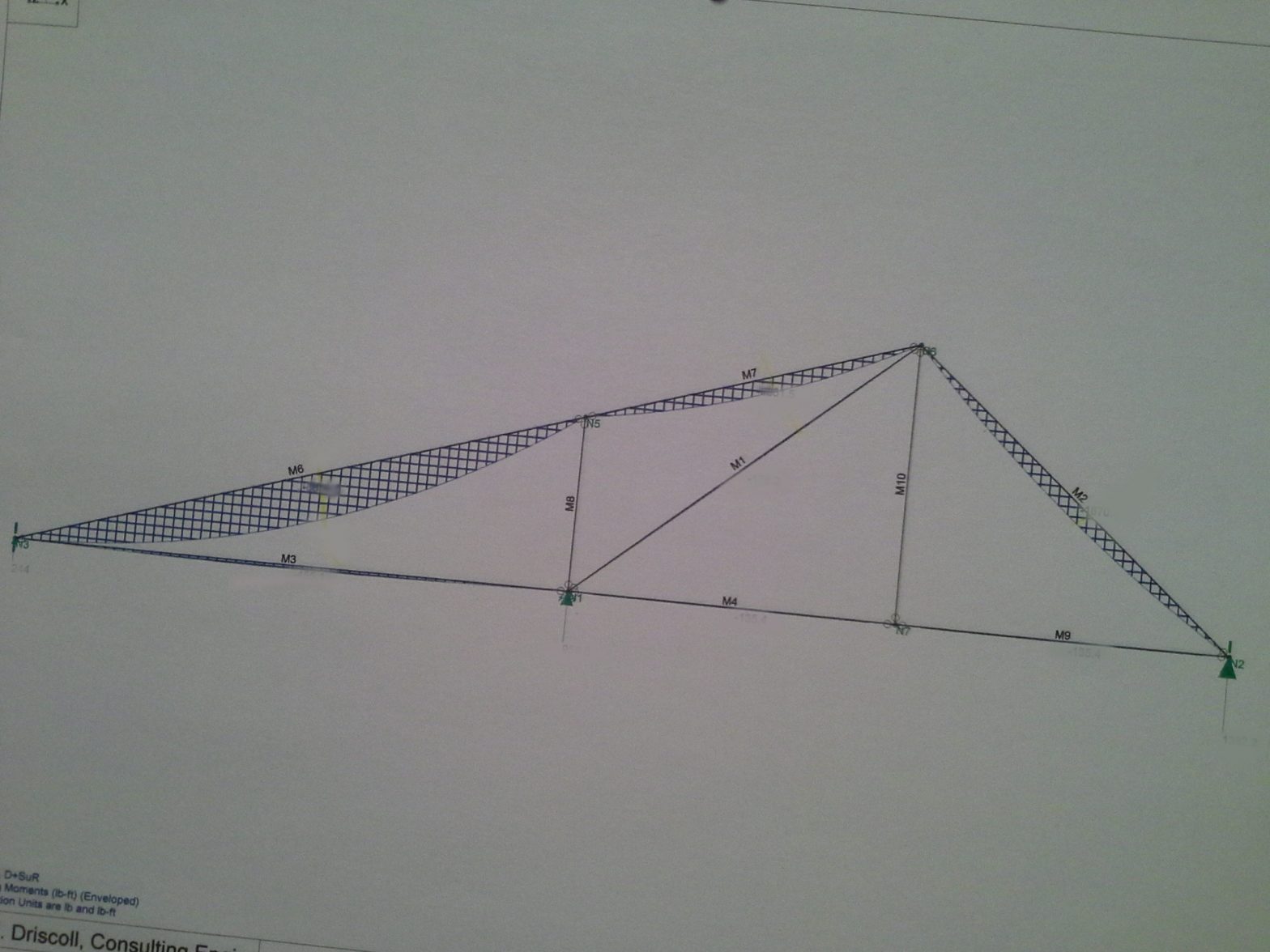Despite the challenges presented by this strange, pandemic-impacted year, 2020 was a record-setting year for Richard J. Driscoll, Consulting Engineer (RJDCE), but also required resilience and adaptability.
The Year in Review
After record years in 2018 and 2019, RJDCE set records for proposals issued, new projects, hit rate, billings and revenue in 2020. Structural condition assessments, including forensic investigations, design for structural alterations, and claims/litigation support represented much of the practice’s work for the year. One highlight of the year was RJDCE’s involvement in the renovation of City Hall in Lebanon, New Hampshire for which RJDCE provided design of underpinning, sheeting and bracing, waterproofing and subslab drainage.
Five Year Anniversary
In February, RJDCE celebrated its fifth anniversary as a practice. While five years may not sound like much, this anniversary is a good measure of the practice’s sustainability. Although the celebration was subdued, it provided a good opportunity to look back at the last five years. Continue reading “2020 in Review”
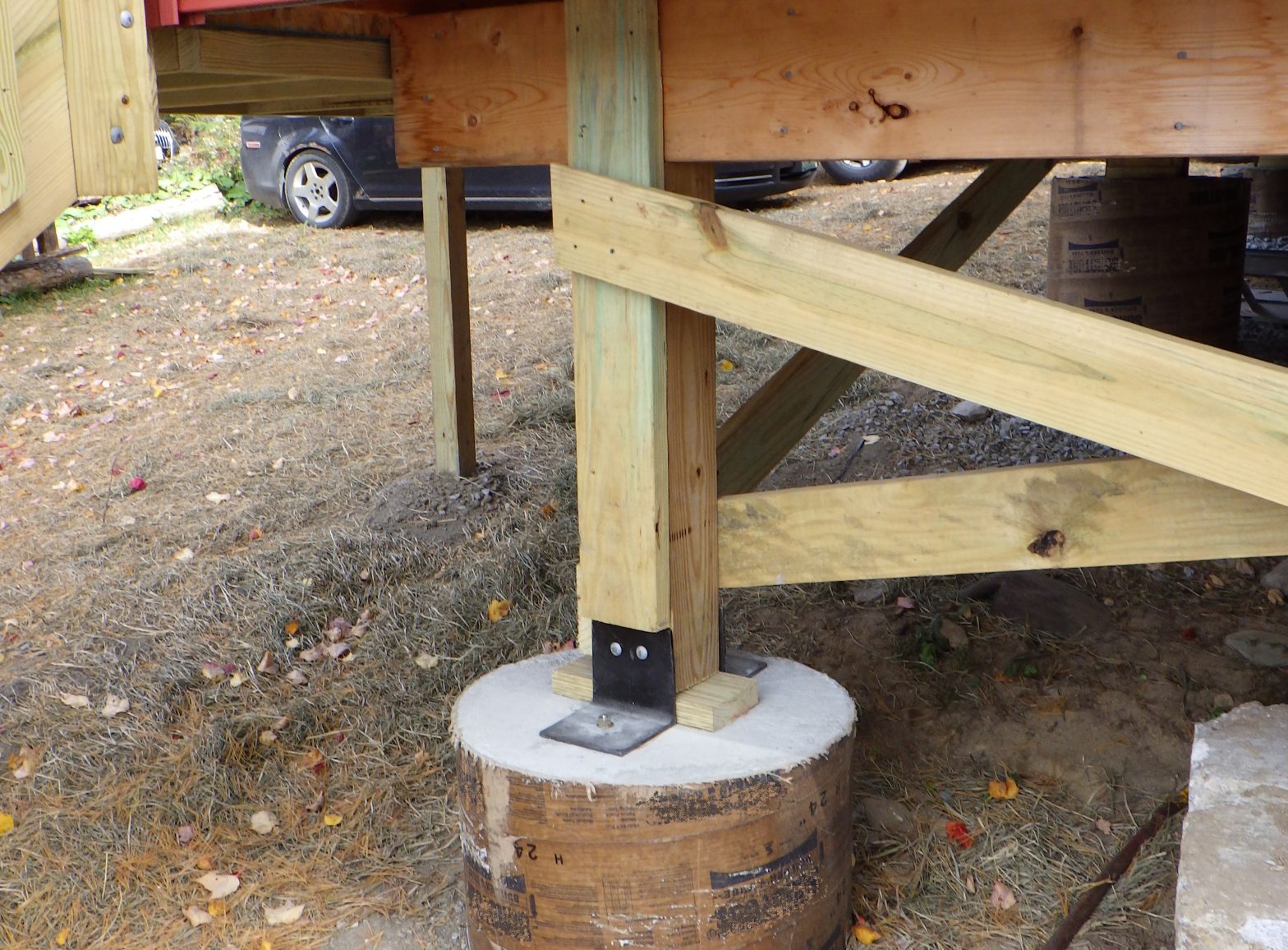
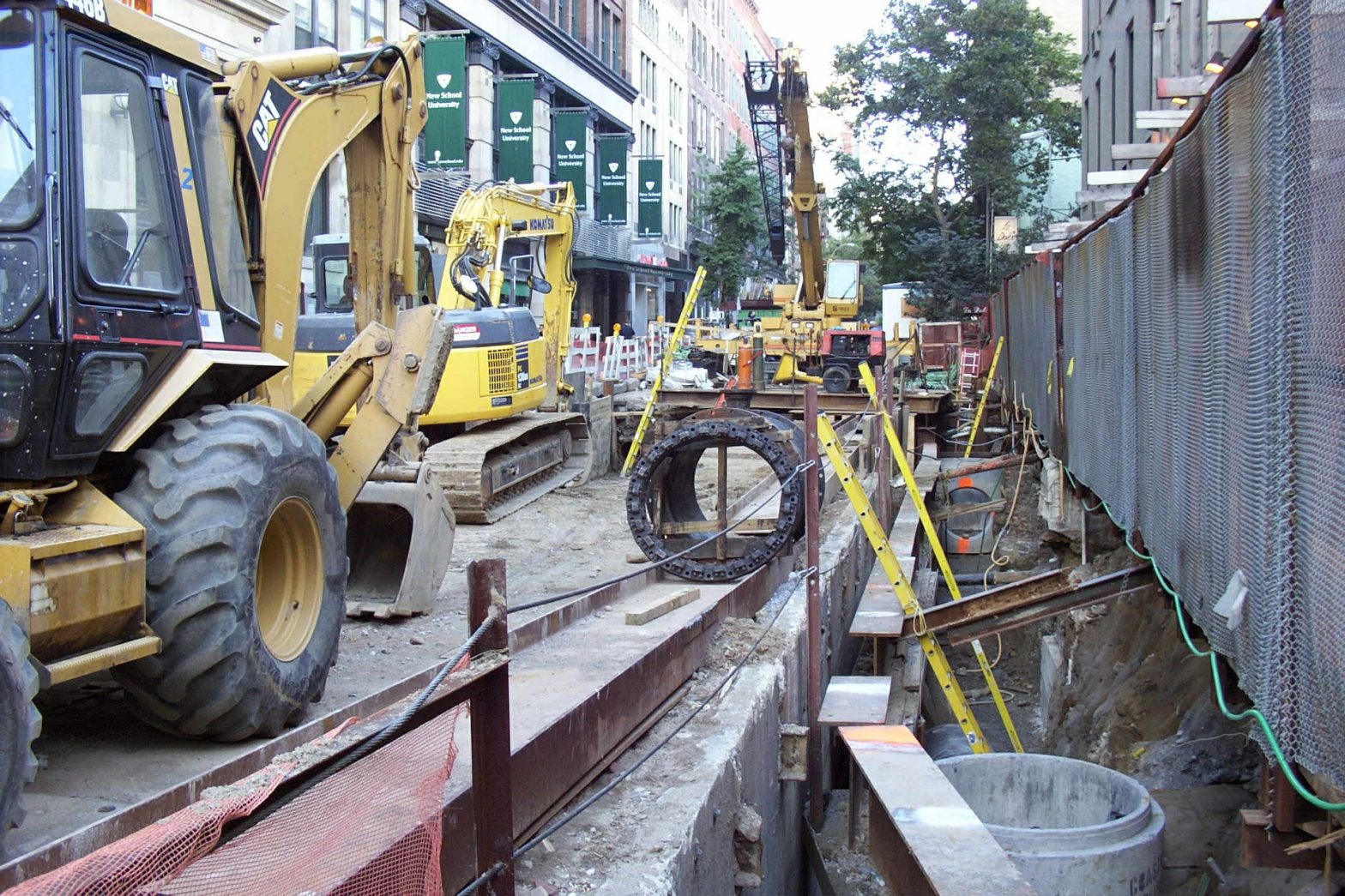
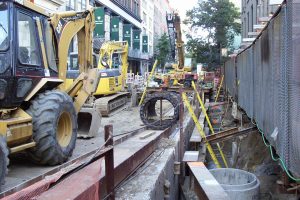 In populated areas, underground utilities are the lifeblood of the community. These utilities require periodic maintenance, expansions and replacement. Therefore, underground utility construction is common in cities, suburbs and rural villages alike.
In populated areas, underground utilities are the lifeblood of the community. These utilities require periodic maintenance, expansions and replacement. Therefore, underground utility construction is common in cities, suburbs and rural villages alike.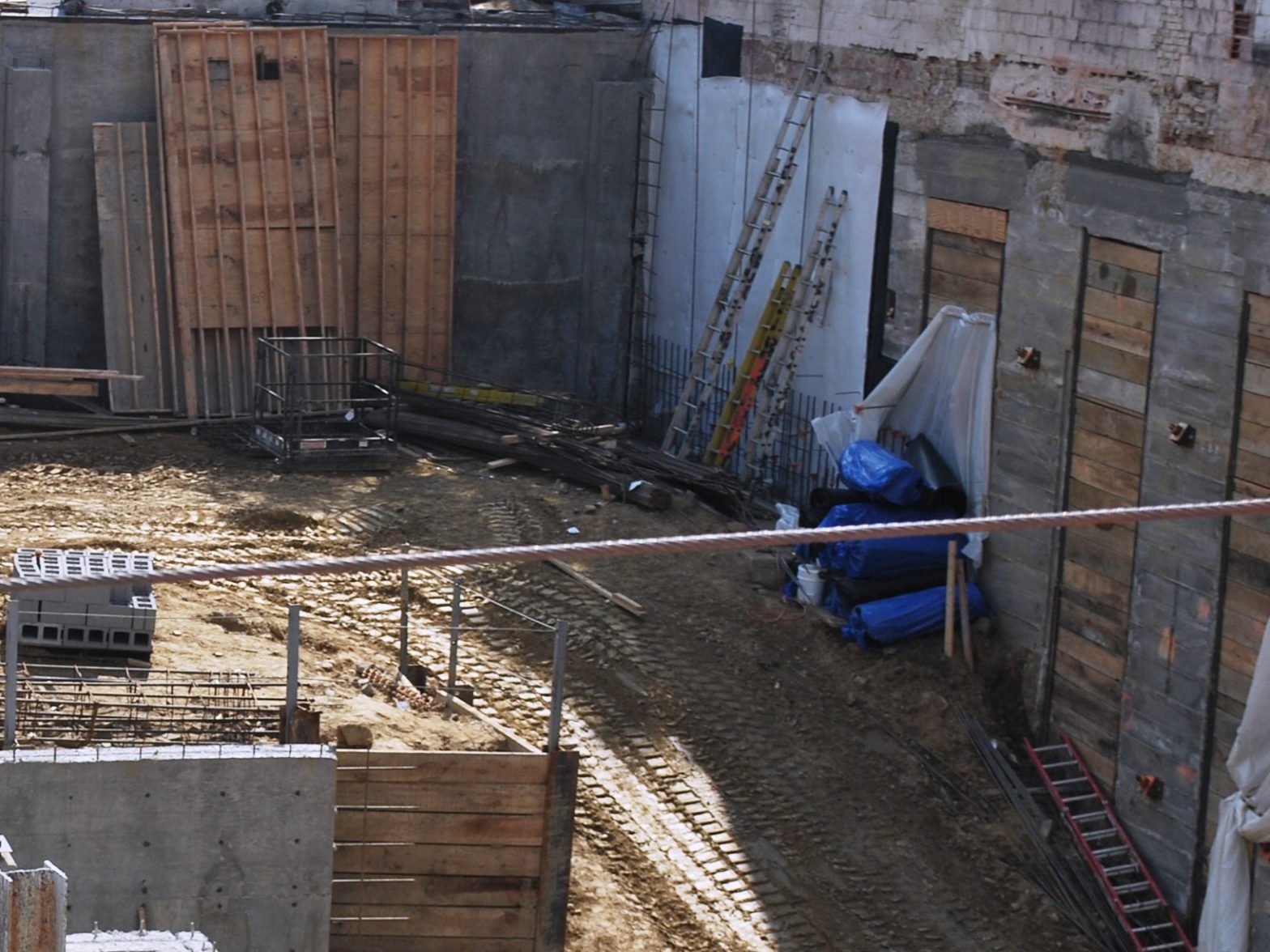
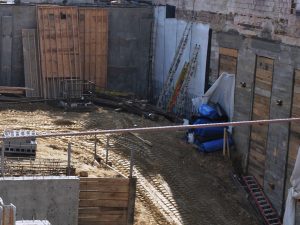 A common application of underpinning is maintaining the stability of the foundations for adjacent structures during excavation on urban sites. If the excavation is deeper than the foundation depth for an adjacent structure, then the soil below the foundation could fail as the excavation proceeds, potentially causing the structure to collapse. Increasing the depth of an existing basement or cellar often requires underpinning to avoid similar foundation failures.
A common application of underpinning is maintaining the stability of the foundations for adjacent structures during excavation on urban sites. If the excavation is deeper than the foundation depth for an adjacent structure, then the soil below the foundation could fail as the excavation proceeds, potentially causing the structure to collapse. Increasing the depth of an existing basement or cellar often requires underpinning to avoid similar foundation failures.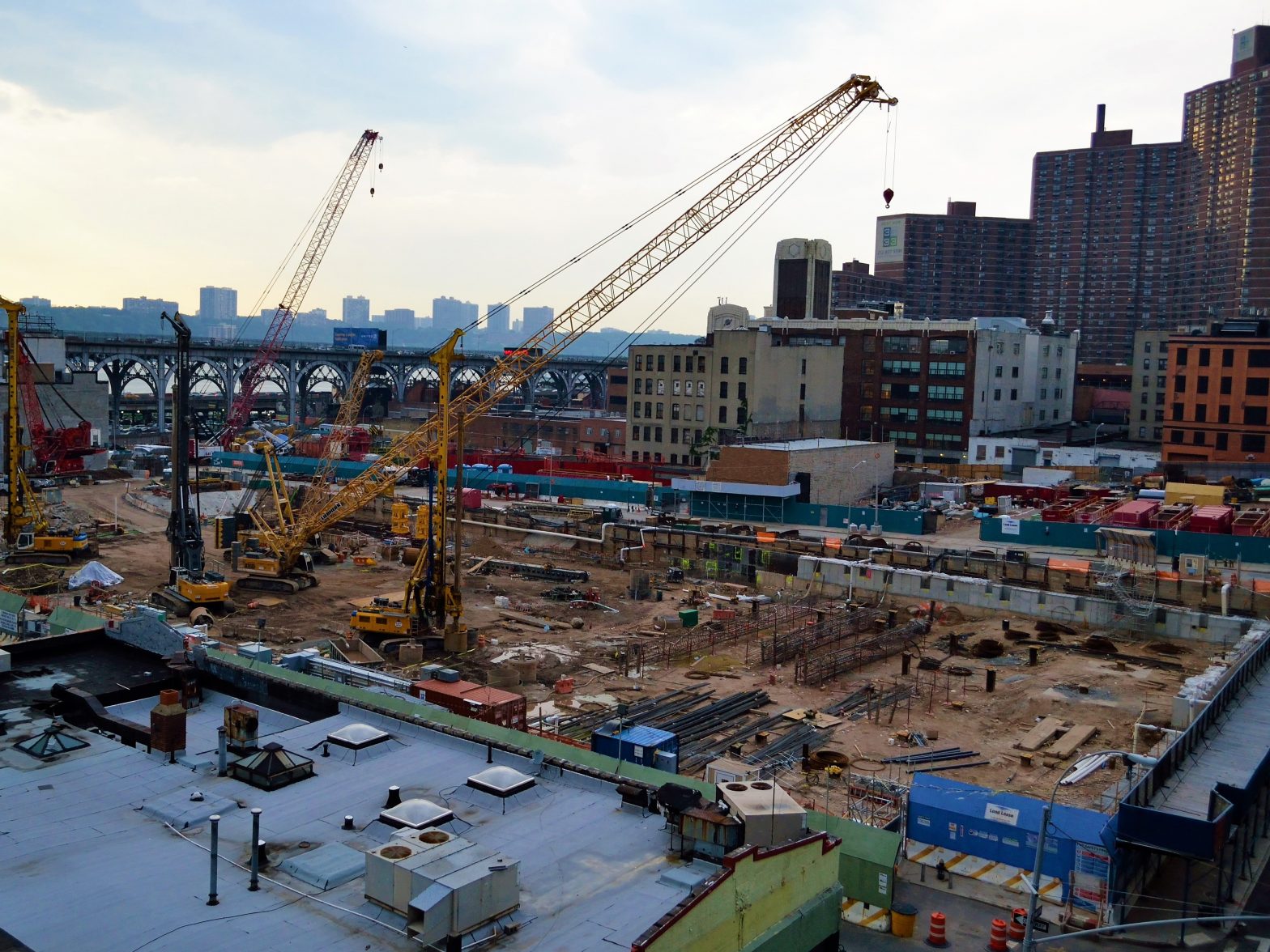
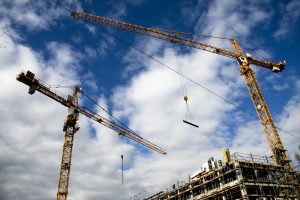 Peer review is a useful but underutilized tool for risk management in design and construction. A
Peer review is a useful but underutilized tool for risk management in design and construction. A 